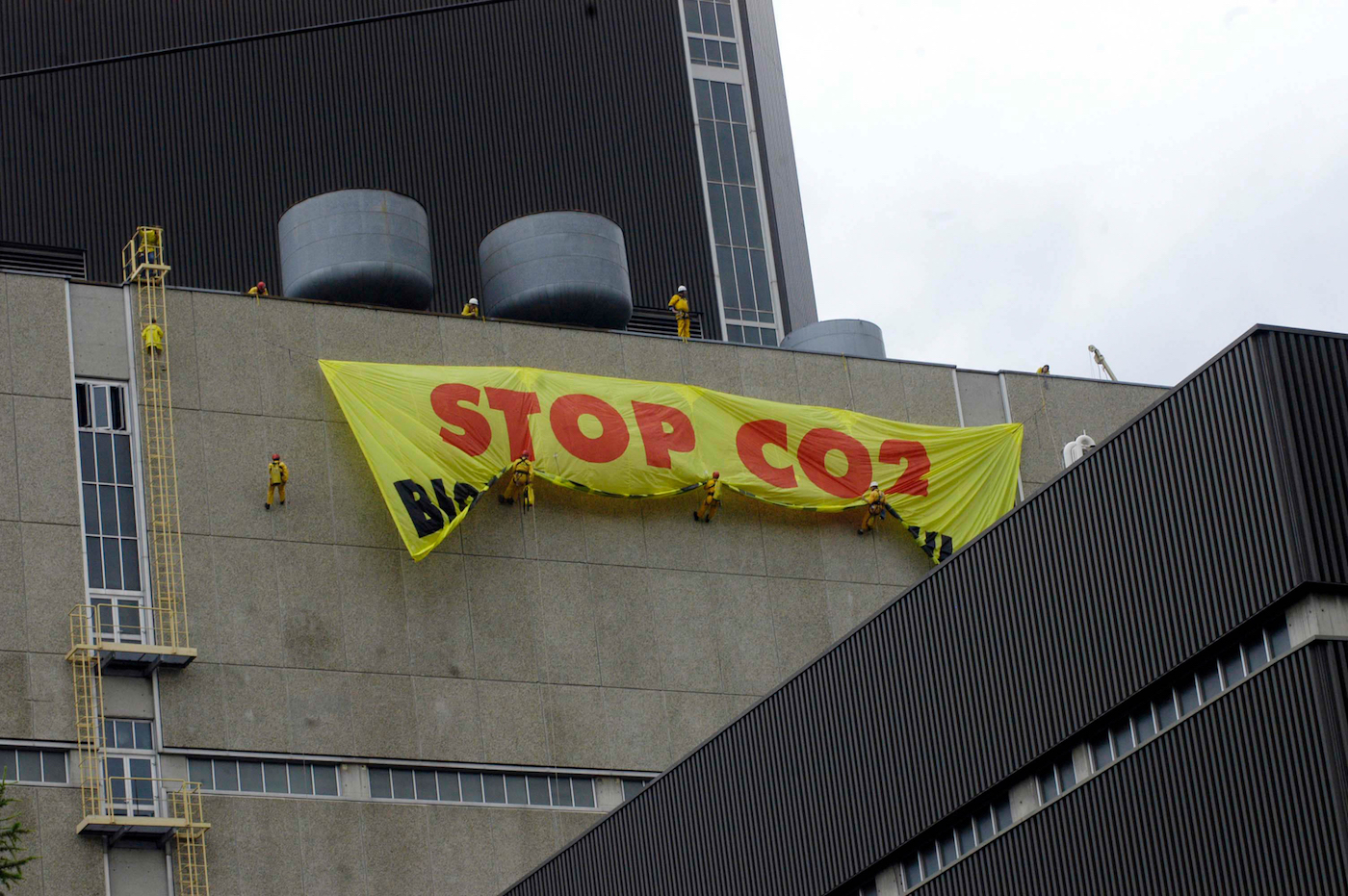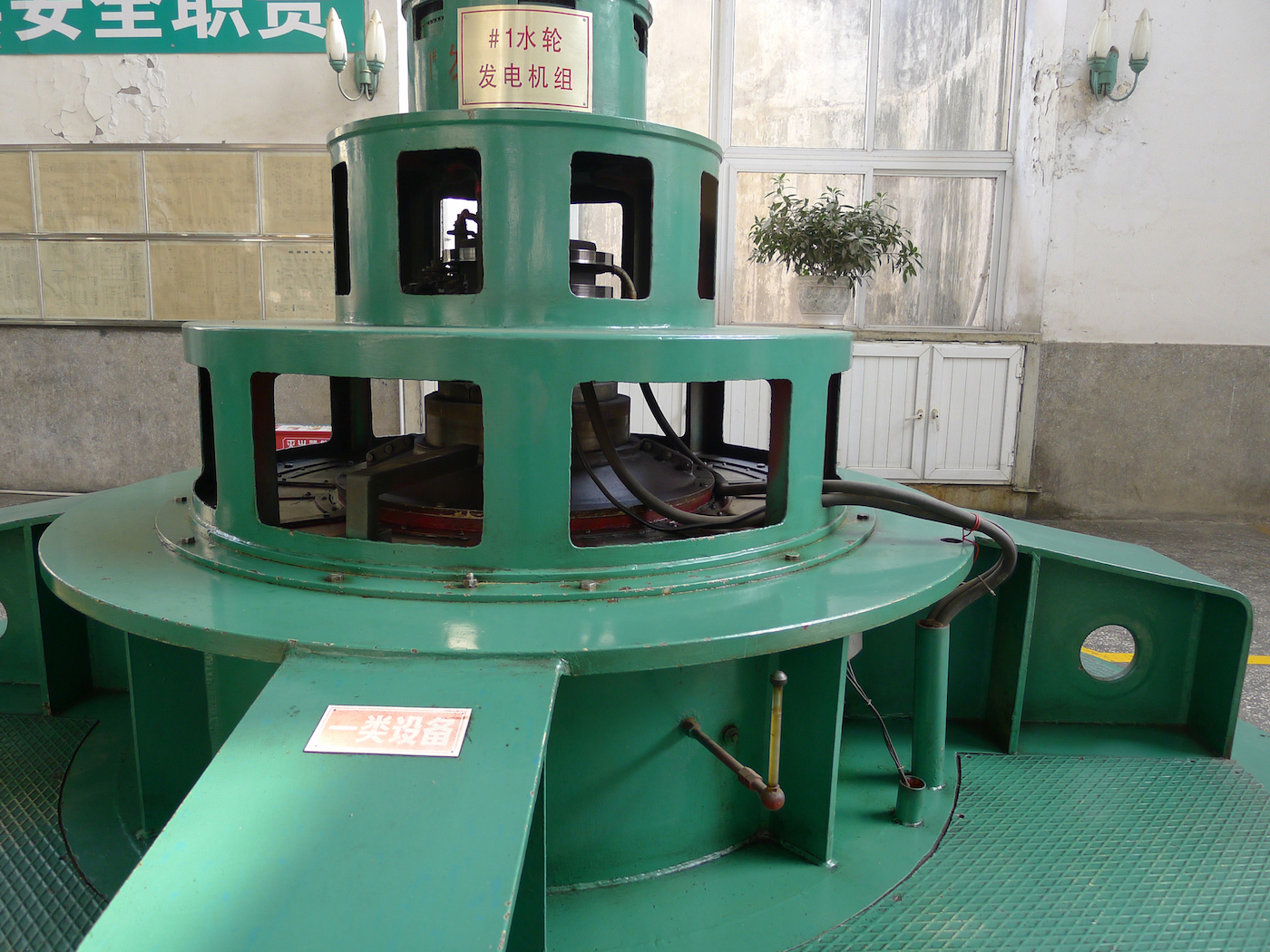An Australian-based digital infrastructure provider and crypto mining firm, Mawson Infrastructure Group Inc, now holds the majority stake (90 percent) in Luna Squares. According to the recent announcement, Mawson also plans to fully acquire the company over time.
Mawson Cements Ownership of US-based Mining Facility
Based in Georgia, US, Luna Squares is described by Mawson as a “high-quality hosting and proprietary bitcoin mining facility“. It recorded a significant increase in hash power within the past six months, growing from 3MW to more than 12MW.
Previously, Mawson had a 50 percent stake in the US mining firm. However, according to the announcement, the Australian company has acquired an additional 40 percent stake in the company, raising its majority ownership to 90 percent.
Mawson further noted that the remaining 10 percent is subject to the company’s performance hurdles.
The Mawson team has built Luna Squares LLC from the ground up. It is a high-quality and rapidly expanding facility and is the cornerstone of our business today. We are working closely with our local partners to expand the site and look forward to updating shareholders on this front in due course.
James Manning, CEO/founder, Mawson Infrastructure Group
Amid the development, Mawson is planning to leverage Luna Squares’ mining site with up to “100MW of future power capacity“ to debut its proprietary bitcoin mining third-party hosting services.
Miners Benefit as China Bans Mining
The Bitcoin mining space has been under fire since China decided to ban crypto mining in the country. The development led to a sharp decline in BTC mining hashrate, and some blamed the ban for the drop in Bitcoin’s value.
On the other hand, the prohibition of mining in China spurred bullish and positive sentiment as it opens up mining BTC with green energy.
Also, as Crypto News Australia reported last month, it would cause the redistribution of miners to other jurisdictions. This will essentially decentralise Bitcoin mining as no single country will be the central point – ie, accounting for more than 50 percent of the total Bitcoin hashrate.












